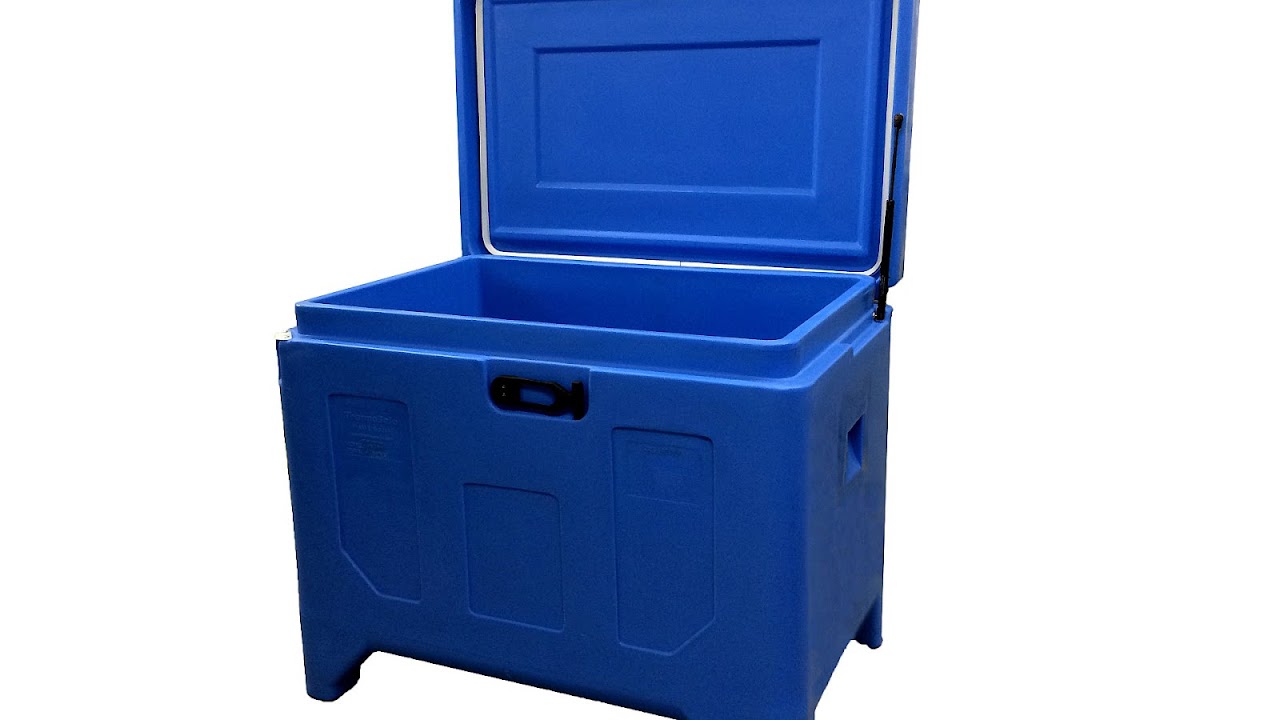
Insulated shipping containers are a type of packaging used to ship temperature sensitive products such as foods, pharmaceuticals, organs, blood, biologic materials, and chemicals. They are used as part of a cold chain to help maintain product freshness and efficacy. The term can also refer to insulated intermodal containers or insulated swap bodies.

Maps, Directions, and Place Reviews
Construction
An insulated shipping container might be constructed of:
- a vacuum flask, similar to a "thermos" bottle
- fabricated thermal blankets or liners
- molded expanded polystyrene foam (EPS, styrofoam), similar to a cooler
- other molded foams such as polyurethane, polyethylene
- sheets of foamed plastics
- Vacuum Insulated Panels (VIPs)
- reflective materials: (metallised film)
- bubble wrap or other gas filled panels
- other packaging materials and structures
Some are designed for single use while others are returnable for reuse. Some insulated containers are decommissioned refrigeration units. Some empty containers are sent to the shipper disassembled or "knocked down", assembled and used, then knocked down again for easier return shipment.
Insulated Boxes Video
Use
Insulated shipping containers are part of a comprehensive cold chain which controls and documents the temperature of a product through its entire distribution cycle. The containers may be used with a refrigerant or coolant such as:
- block or cube ice, slurry ice
- dry ice
- Gel or ice packs (often formulated for specific temperature ranges)
- Phase change materials (PCMs)
- Some products (such as frozen meat) have sufficient thermal mass to contribute to the temperature control and no excess coolant is required
A digital Temperature data logger or a time temperature indicator is often enclosed to monitor the temperature inside the container for its entire shipment.
Labels and appropriate documentation (internal and external) are usually required.
Personnel throughout the cold chain need to be aware of the special handling and documentation required for some controlled shipments. With some regulated products, complete documentation is required.

Design and Evaluation
The use of "off the shelf" insulated shipping containers does not necessarily guarantee proper performance. Several factors need to be considered:
- the sensitivity of the product to temperatures (high and low) and to time at temperatures
- the specific distribution system being used: the expected (and worst case) time and temperatures
- regulatory requirements
- the specific combination of packaging components and materials being used
In specifying an insulated shipping container, the two primary characteristics of the material are its thermal conductivity or R-value, and its thickness. These two attributes will help determine the resistance to heat transfer from the ambient environment into the payload space. The coolant material load temperature, quantity, latent heat, and sensible heat will help determine the amount of heat the parcel can absorb while maintaining the desired control temperature. Combining the attributes from the insulator and coolant will allow analysis of expected duration of the insulated shipping container system.
It is wise (and sometimes mandatory) to have formal verification of the performance of the insulated shipping container. Laboratory package testing might include ASTM D3103-07, Standard Test Method for Thermal Insulation Performance of Packages, ISTA Guide 5B: Focused Simulation Guide for Thermal Performance Testing of Temperature Controlled Transport Packaging, and others. In addition, validation of field performance (performance qualification) is extremely useful.
Specialists in design and testing of packaging for temperature sensitive products are often needed. These may be consultants, independent laboratories, universities, or reputable vendors.

Environmental Impact
Parcel to pallet sized insulated shipping containers have historically been single-use products due to the low-cost material composition of EPS and water-based gel packs. The insulation material typically finds its way into landfill streams as it is not readily recyclable in the United States.
The development of reusable high-performance shipping containers have been shown to reduce packing waste by 95% while also contributing significant savings to other environmental pollutants.
Source of the article : Wikipedia








EmoticonEmoticon